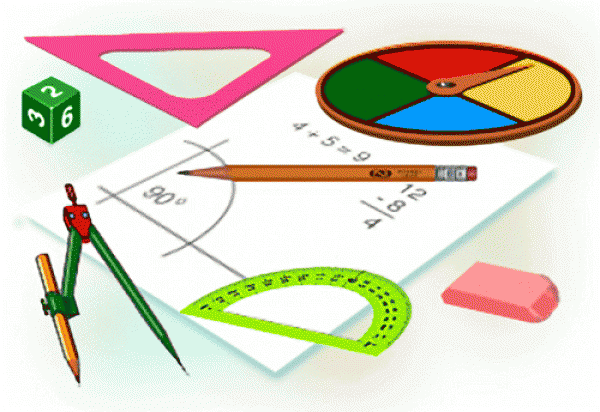Antoine Boutros - Fractal Mathematics (2)
According to this geometry, determining the position of any point on a surface requires two pairs of numbers or coordinates. These coordinates are specified by measuring the distance from two reference perpendicular lines to a certain point. The horizontal line is known as the X-axis and the vertical line as the Y-axis. The point at which the two axes intersect is called the origin or the zero point, whose coordinates are (0,0). According to this rule, any two-dimensional figure may be transformed into a series of the coordinate points that form it. Conversely, if we do own the coordinates, we can turn them into a figure in the sense that the computer can start with a simple fraction pattern to build a larger one until a big figure is developed. By controlling the pattern, one may control the general form of the figure. In addition, the analytical geometry allows for the formulation of equations that represent the lines and curves reflected in X and Y then instructs the computer to convert them into a figure. For instance, X-Y=4 yields a straight line while X2-4Y=5 yields a parabola.
However complex, the figure may be represented on a screen with a series of equations, no matter how long or complex the series is. This, of course, requires some software to execute the figure in its full details. Any figure of a three-dimensional solid starts usually with an external contouring line called the spine and establishing the external dimension of the object. The contour line is then redrawn through 360 degrees and transforms into a solid shape made up of several polygons connected to one another at the edges. By defining the type of the motion requested on the two axes, the figure would move as required and one may look at it from above and fill it with colors and shades by using a special program. The technique developed by the computer graphics researcher and the Utah University doctoral graduate Bui Tuong Phong may finally be applied to refine and soften the edges. For the images to appear on a screen, the figure should be broken down into small squares called pixels, which, in total, constitute the elements of the image. The computer produces a multi-digit number for each pixel, defining its color and density. In order to calculate this value, the computer assorts all the numbers describing the model intended for display as well as its related instructions, then decides which optics principles to adopt before specifying what each point will contain. If one item is embedded within another, it should specify which of the two will stand in the front. For example, if the object was a mirror, the computer should find the object that the mirror is reflecting. Likewise, if a pixel was supposed to be part of a cup of tea, the computer should determine what should be displayed through the glass. Optics are therefore utilized to color the image just enough to reveal its components. The computer should perform this task one after the other, assorting and scrutinizing all these details and others with regard to every pixel, noting that there could be millions of those.
The regular TV screen consists of 525 lines, each having 525 pixels, which total up to 2755625 pixels. The more superior and realistic the image is requested to be, the more pixels we will need, which is what we call high resolution and which is highly similar to the 35 mm film gauge used in a camera, i.e. 3000 lines with 3000 pixels each totaling in 9 million pixels. Today, there are computer monitors that possess such a high resolution and can generate similar and sometimes even better outcomes.








Leave A Comment